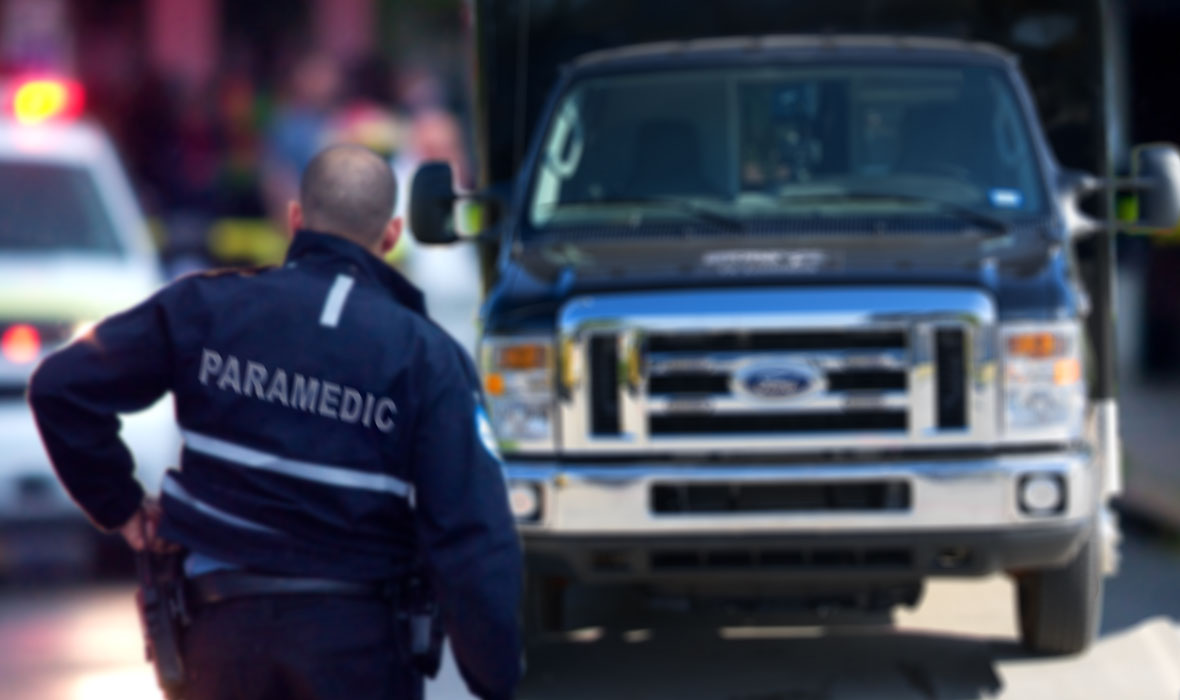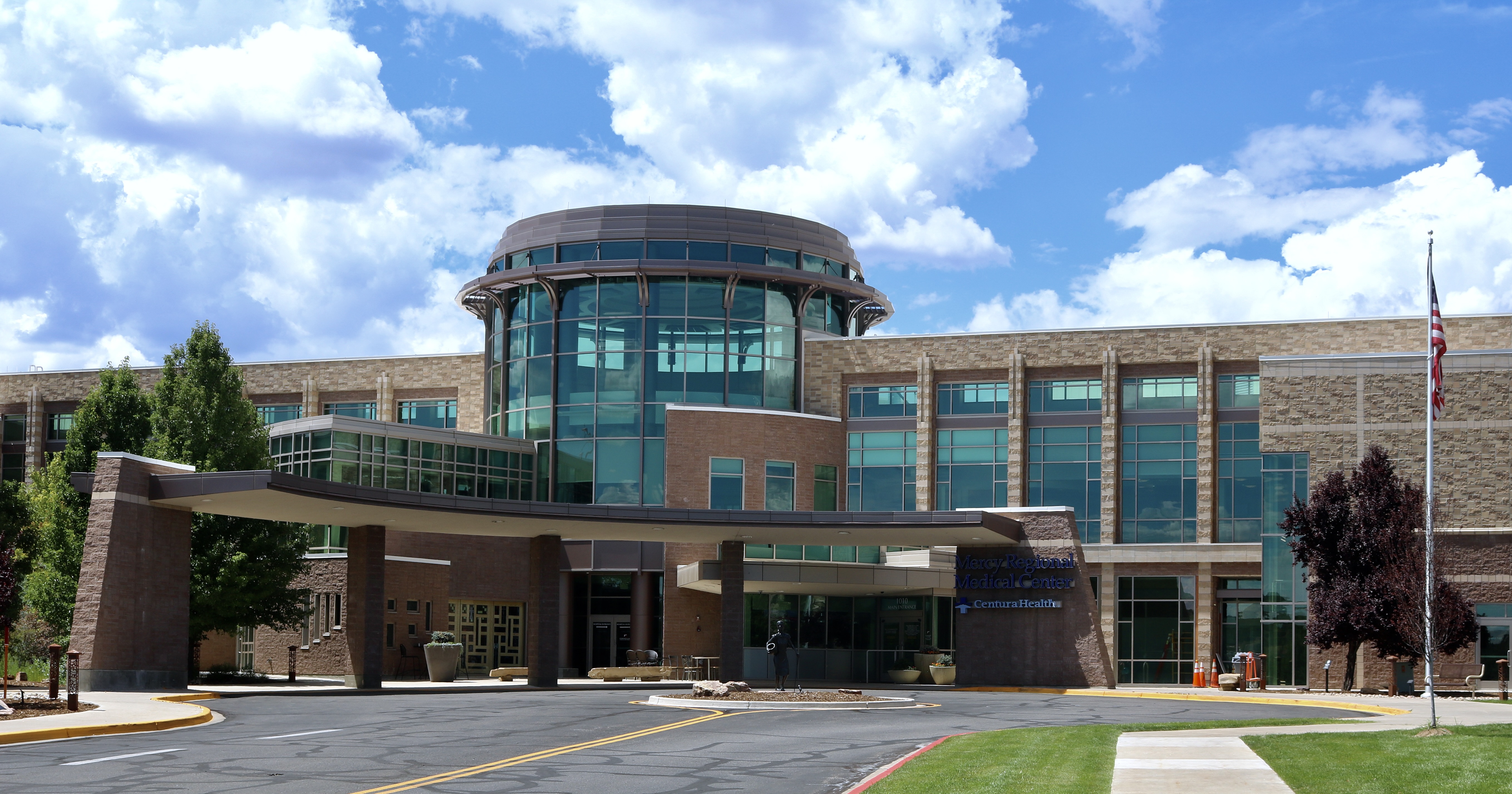EMS.gov recently published a list of best practices for medics to implement during periods of heightened community tension. Since the services offered by EMS are often needed during situations of civil unrest or social upheaval, it's crucial that medics are equipped with plans and protocols specific to these scenarios ahead of time, in efforts to reduce their risk of personal harm.
The list includes practical suggestions for EMS personnel, stations, apparatus, and communication with the community. The guide also covers recommendations to keep in mind for operations, covering topics like coordinating response activities, modifying operations based on perceived threat or risk, maintaining situational awareness, and recommendations for responding to tense situations during COVID-19.
Recommendations for EMS personnel are as follows:
- Review civil unrest-specific organizational and jurisdictional protocols and guidelines.
- Wear civilian clothes when reporting to and returning from duty.
- If issued by department, wear ballistic protection in accordance with National Fire Protection Association (NFPA) 3000, Standard for an Active Shooter/Hostile Event Response (ASHER) Program.
- Establish a family communication plan to share information with responder families.
- Provide emotional support for personnel and their families.
- Per NFPA 1500, Standard on Fire Department Occupational Safety, Health, and Wellness Program, fire and EMS personnel should not be used for crowd control operations.
- Work in pairs or teams.
- Carry a radio and lights.
- Secure items such as scissors and stethoscopes on your person.
- Remove badges from uniforms and consider wearing casual uniforms.
- Keep personnel IDs, keys, wallet, etc., on your person or otherwise secured.
- Minimize carried equipment, such as harnesses, extra tools, pocket contents, etc.
- Always carry a radio (be sure to regularly charge/swap batteries).
- Chief and company officers shall maintain accountability of apparatus and staff.
- Develop communications code words for secure communications of emergency actions (building or area evacuation, apparatus/station abandonment, etc.).
- Develop rally points should apparatus or stations need to be abandoned and pass on to members. These may change due to situational changes.
You can find the full document with recommendations for stations, apparatus, and operation procedures here.
To all our medics: we recommend reviewing this list, and we hope you find it helpful. Stay safe!
 Team Pulsara
Team Pulsara

![[PRESS RELEASE] Published Research Finds Up to 31% Faster STEMI Treatment Times in Rural Hospital Setting with Pulsara](https://www.pulsara.com/hubfs/_1_website-page-blog-assets/pulsara-hosp-teams-assign-cardio-stemi-rn-1200x701.jpg)

